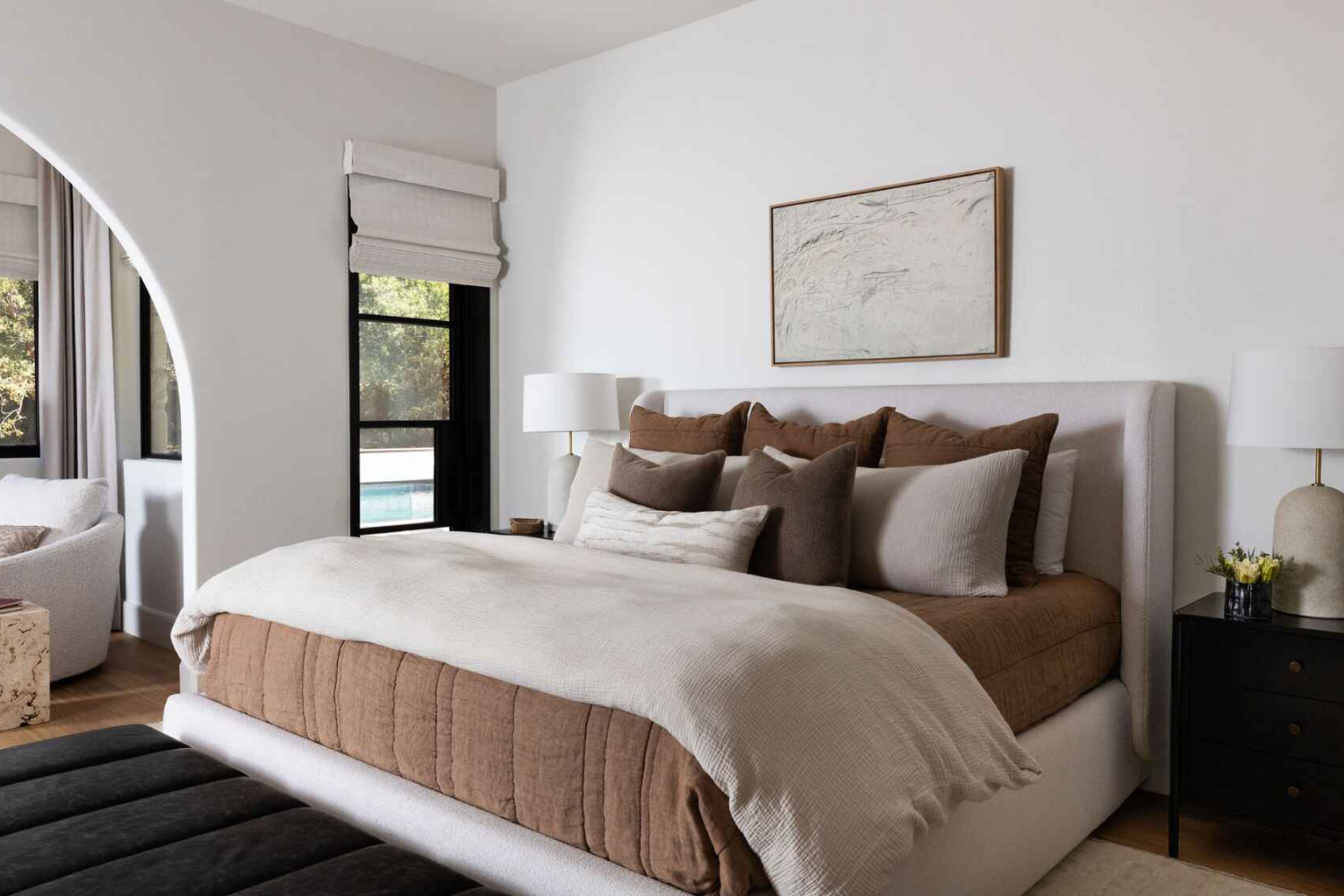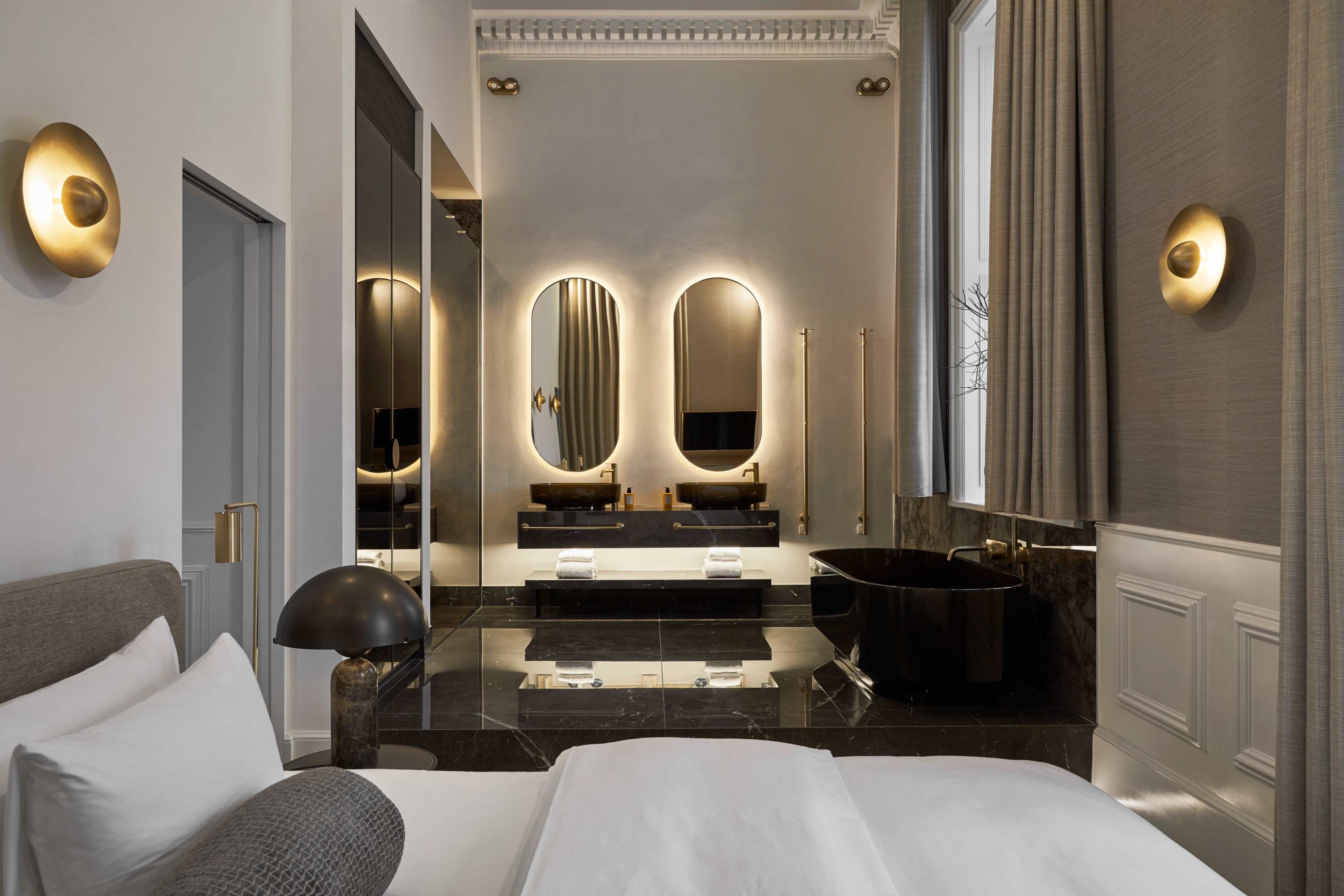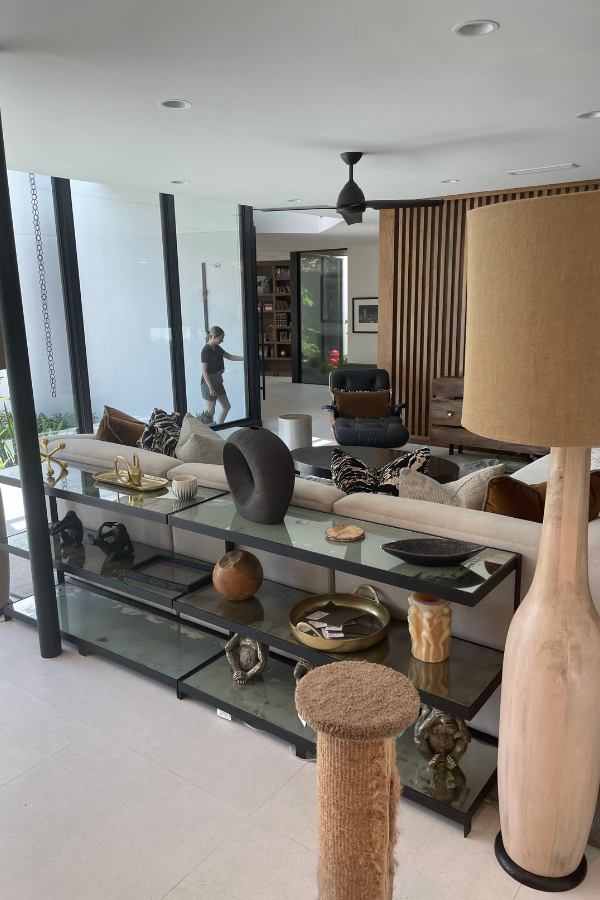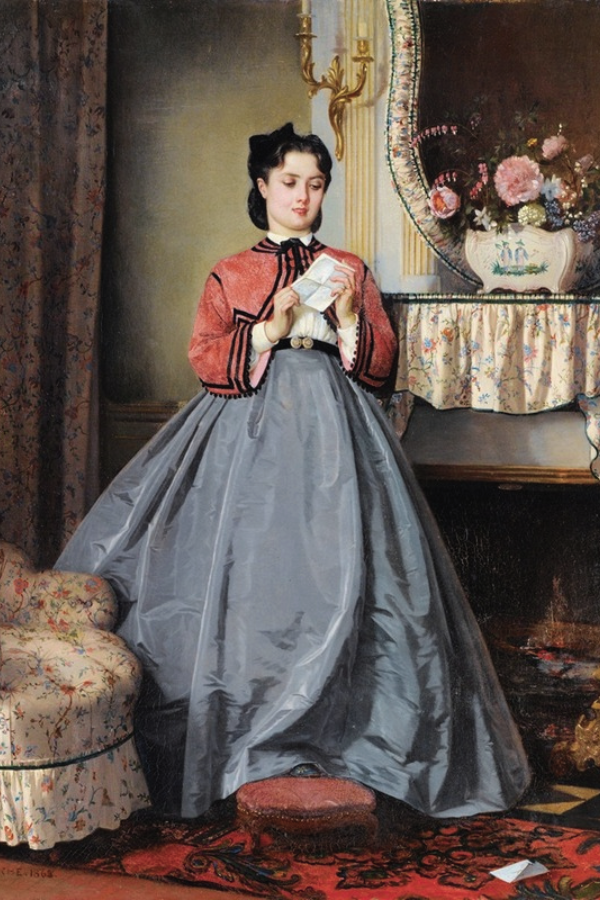
Custom Headboards Are the Easiest Way to Personalize Minimalist Bedrooms
Summary
Minimalist bedrooms thrive on the designer’s restraint, but that doesn’t have to mean cold, impersonal spaces. Custom headboards are one of the most effective tools for designers who want to add warmth, texture, and personality to pared-back spaces. They anchor the bed, bring in rich materials, and give the room a sense of finish without clutter or distraction.
Reflection Questions
When designing minimalist spaces, how do you decide which elements carry visual weight—and which should recede?
How can a custom headboard reflect the identity of a space or client without relying on overt decoration?
In what ways can scale and material alone provide comfort, contrast, or a sense of completion in a sparse room?
Journal Prompt
Think back to a bedroom you designed that felt unfinished, even after the furniture was placed. What was missing? If you had approached the project with a custom headboard in mind from the beginning, how might the space have shifted? Describe the materials, form, and relationship to the room’s architecture.
Not every bedroom needs a statement wall or a punchy color palette. Sometimes, the quieter spaces are the hardest to get right. When designing minimalist bedrooms, custom headboards provide enough detail, depth, and personality without overwhelming the room. Below are five reasons designers keep turning to them when shaping pared-back, elevated bedrooms.
Five Reasons Why Custom Headboards Should Be Your Go-To Design Choice
They Anchor the Room Without Adding Clutter
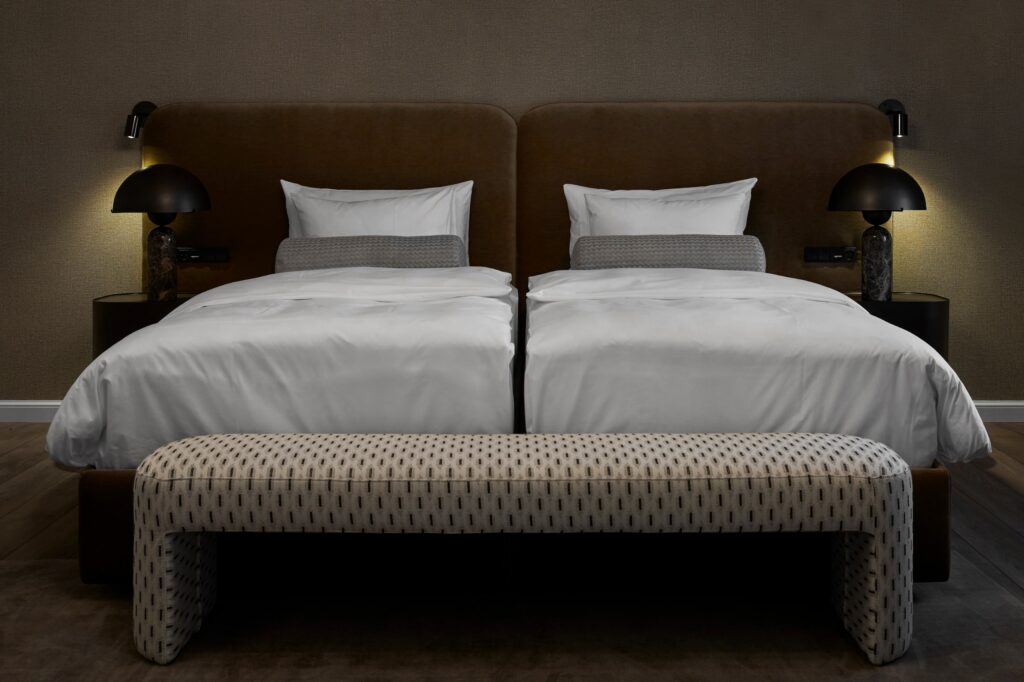
In minimalist bedrooms, there’s often very little for the bed to respond to. No wall paneling. No oversized nightstands. No dramatic drapery pulling things into place. Without that visual structure, even the most thoughtfully selected bed can feel like it’s floating in a sea of nothingness.
A custom headboard gives it context. It frames the bed and defines the wall behind it, all without leaning on clutter or ornament. You don’t need a lot of accessories or layered styling. You just need one strong, well-scaled element that makes sense in the space.
Custom headboards are especially useful in large or oddly shaped rooms, where beds can feel disconnected or under-scaled. They connect the architecture and the furniture, the client and the space.
They Add Texture Without Breaking Tone
In minimalist bedrooms, texture completes, not competes. When a space’s color palette is soft and restrained, a shift in surface texture is needed to make the room more interesting, tactile, and unique. Without that variation, the room can fall flat both visually and physically.
Custom headboards are one of the few places in a minimalist bedroom where you can shift texture at scale. The material you choose, whether it’s matte linen, dense wool, or a lightly grained wood, sets the tone for the entire space.
Because of their size and placement, headboards carry more visual weight than most pieces in the room. They sit at eye level, span the width of the bed, and often define the wall behind them. When the material is well-chosen and well-executed, you don’t need much else. Even subtle details, like contrast stitching or visible wood grain, can create just enough tension to keep the space from feeling one-note.
They Personalize Without Over-Styling
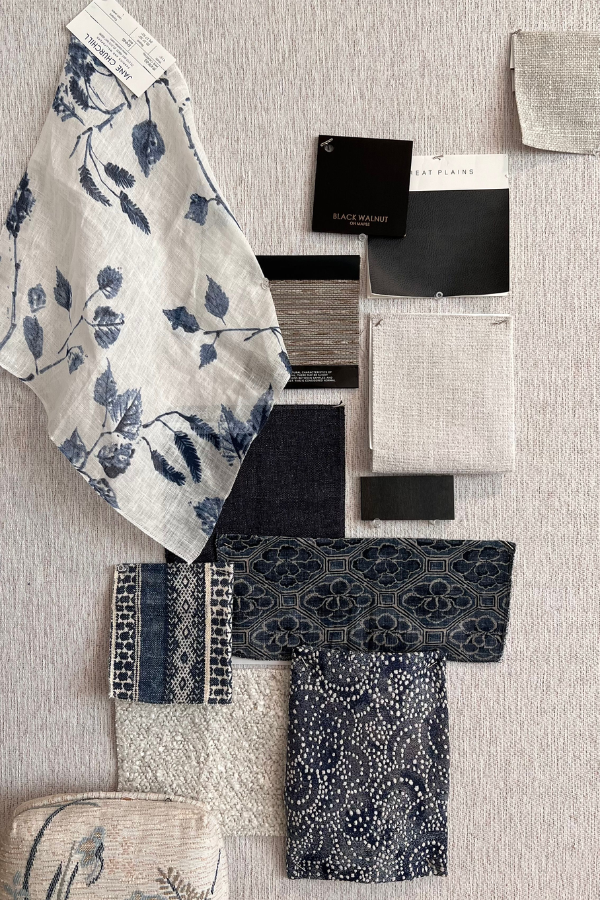
Minimalist bedrooms leave very little room for personal expression, by nature. But that restraint can sometimes read as generic or underdeveloped. A custom headboard lets you add a bit of personality without relying on decorative layering.
Instead of styling around the bed, you build meaning into the piece itself. Maybe it mirrors the lines of the architecture. Maybe it references a material used elsewhere in the home. Maybe it was sketched on a napkin during a site meeting, or pulled from a photo your client texted you mid-vacation. However it comes together, the story is embedded in the form.
For interior designers, this is one of the most direct ways to make a bedroom feel specific to the client. You’re not adding extras. You’re tightening the connection between the space and the person it’s for.
They Soften What Can Otherwise Feel Stark
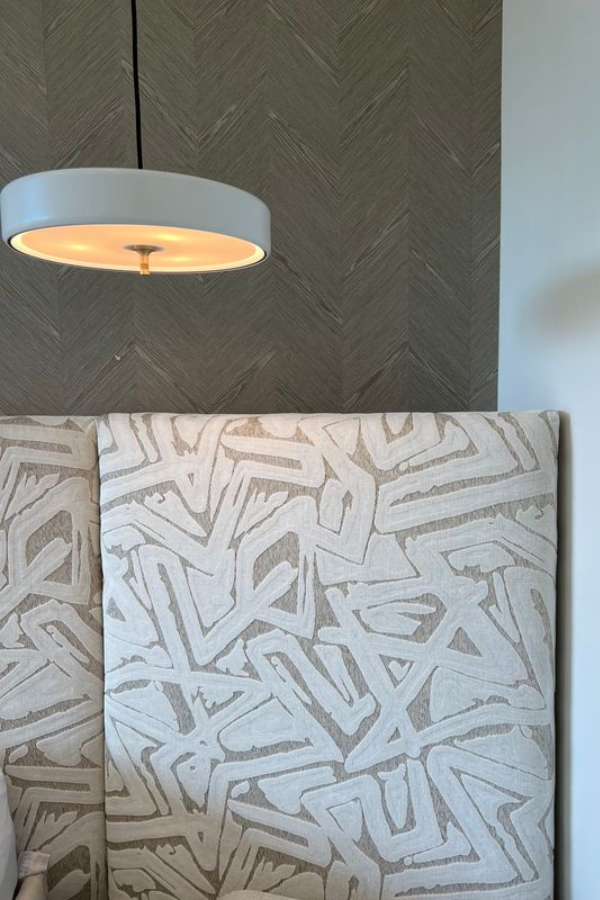
In minimalist bedrooms, everything tends to sit on the same visual plane. Smooth walls, flat floors, hard surfaces. Without something to break that rhythm, the space can feel a little too sharp.
A custom headboard gives you a way to soften the room without overcomplicating it. The scale helps; it adds a cushioned surface right where your eye lands. The shape helps too. Rounded corners, curved edges, or just a thicker profile can shift the whole mood of the room.
For designers, it’s one of the simplest ways to make the bed feel more comfortable, more intentional, and more human, especially in rooms that lean too hard into minimalism.
They Make the Bed Feel Built In—Even When It’s Not
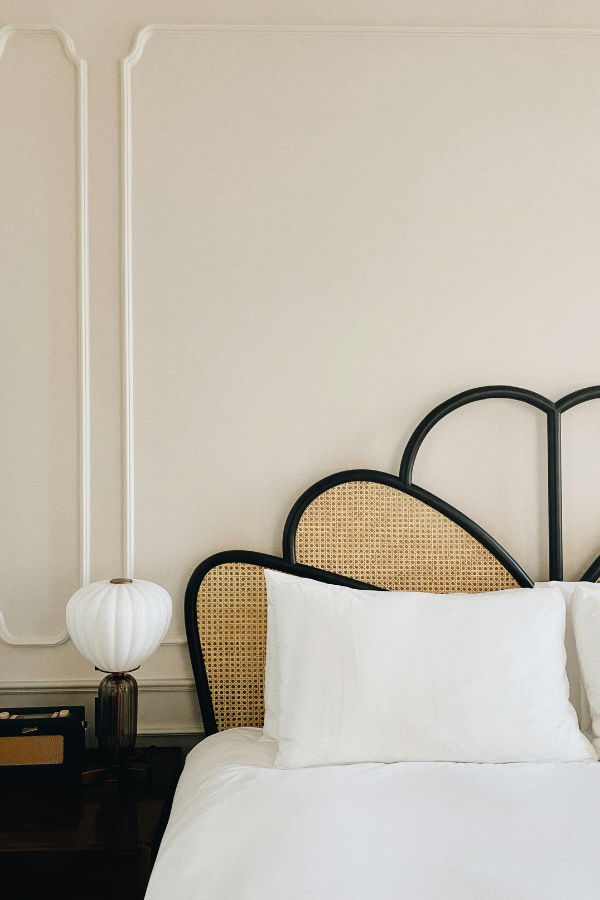
In pared-back spaces, built-in elements carry more weight. They make the room feel resolved, even when there’s very little in it. But not every project calls for full wall paneling or custom millwork.
A custom headboard can give you a similar effect with a lot less intervention. When it’s well-proportioned and cleanly detailed, it makes the bed feel more intentionally placed. It looks like it was designed with the room instead of added later.
Designers use this move all the time in new builds and open-plan bedrooms where the architecture feels too open-ended. You don’t need to build around the bed. You just need to frame it well.
The Right Headboard Can Do A Lot More Than You Think
In the most minimalistic of spaces, every choice matters all the more. Custom headboards give designers a way to work with restraint without losing warmth, character, or function. They do what great design always does: solve a problem, elevate the space, and make it feel personal.
Minimalist bedrooms don’t need more things. They need better ones. A single, well-considered headboard can carry it.



